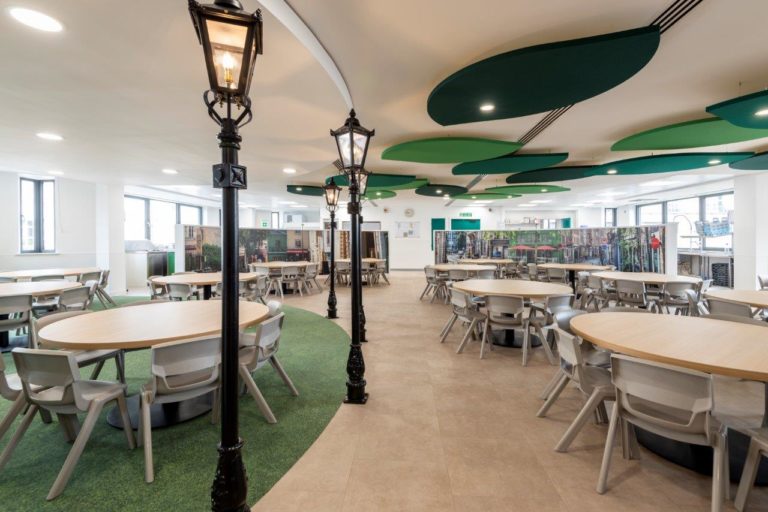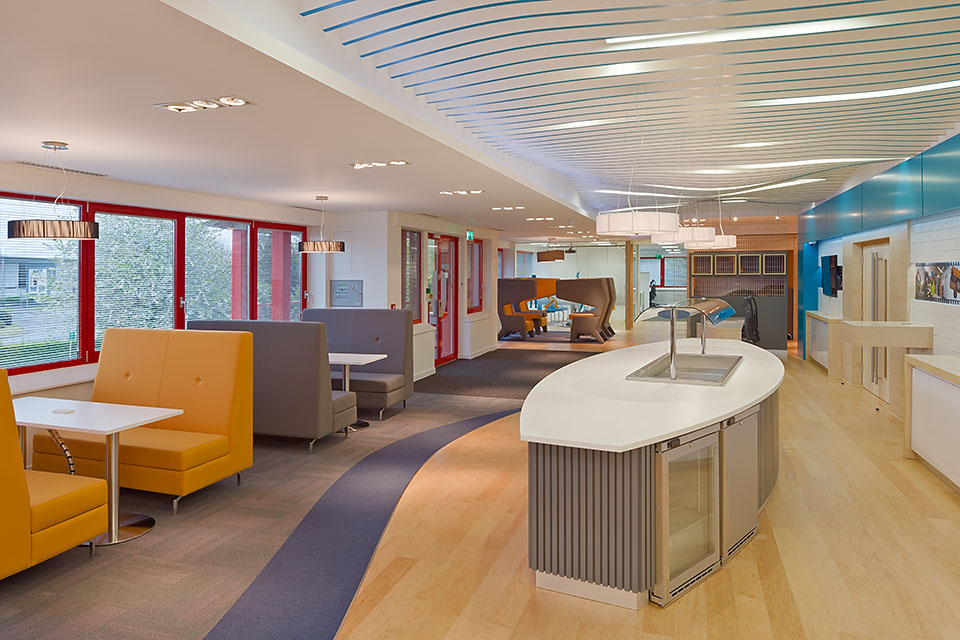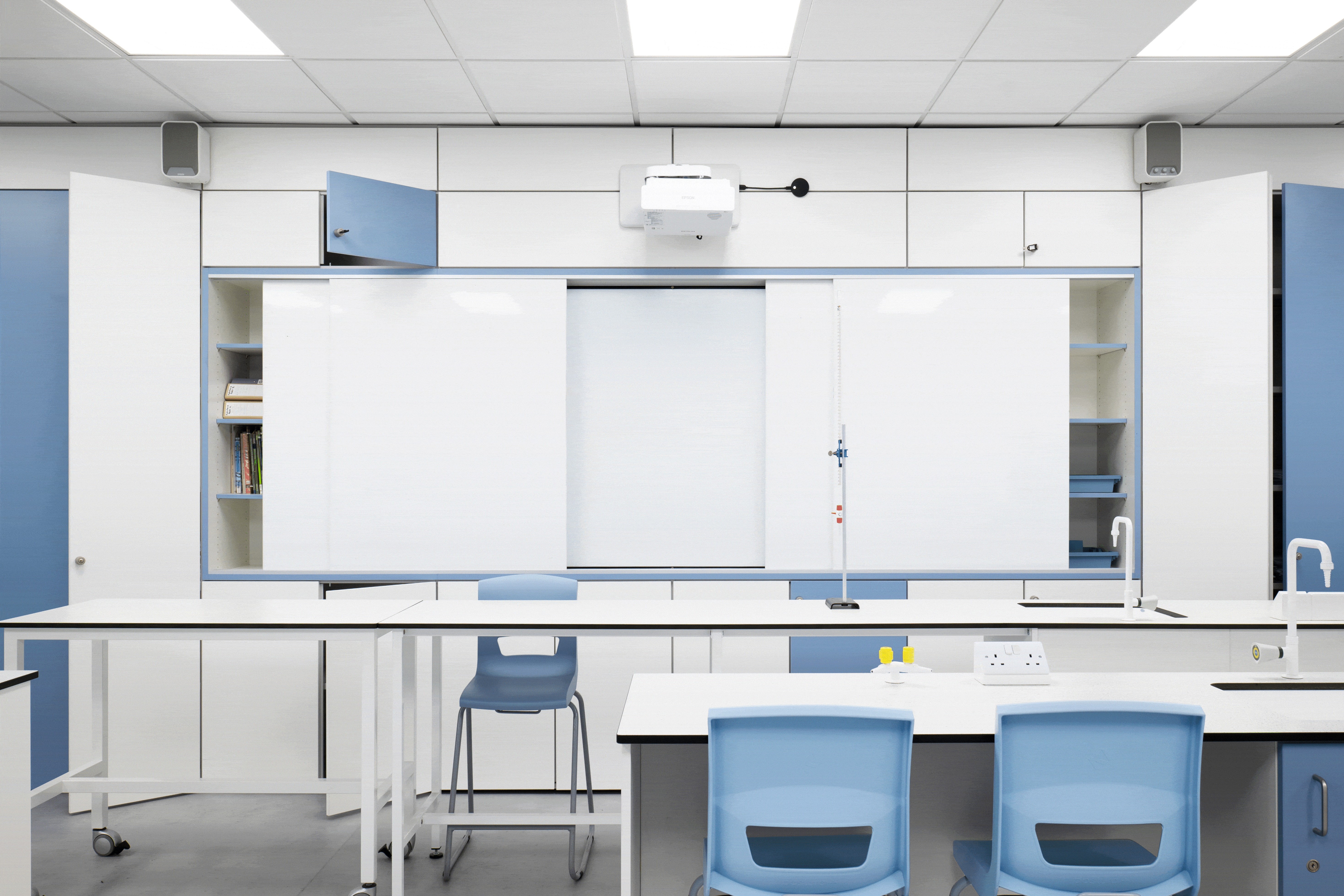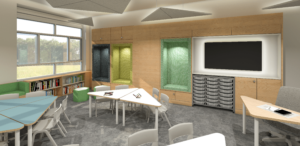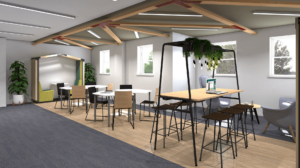Flooring is an often overlooked part of the dining experience. Due to the heavy daily use, dining hall flooring must be durable. However, it needn’t be boring. You can add colour features and patterns to add interest to the space.
You can also assist queue management by using contrasting colours in your flooring to designate seating and standing areas. However, before you do this, you will need to ensure that your chosen dining hall layout definitely works well for you.
When choosing the flooring for your new space, also consider how easy it will be to clean. Choose a matt surface to keep the floor safe and avoid any slips, trips or falls. Avoid textured flooring as this will attract dirt and be difficult to clean.
